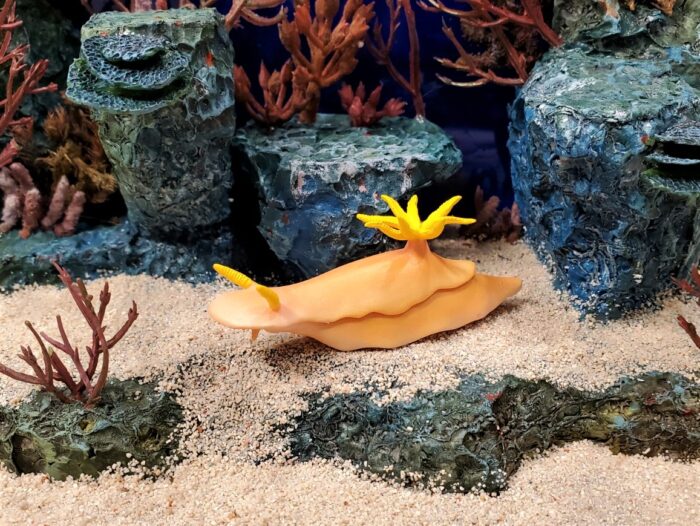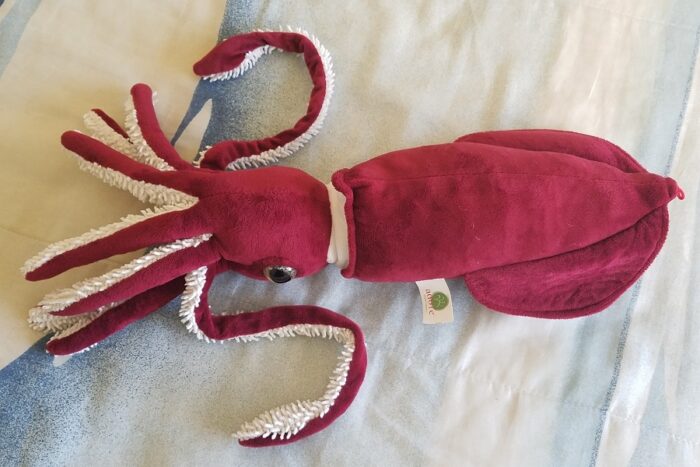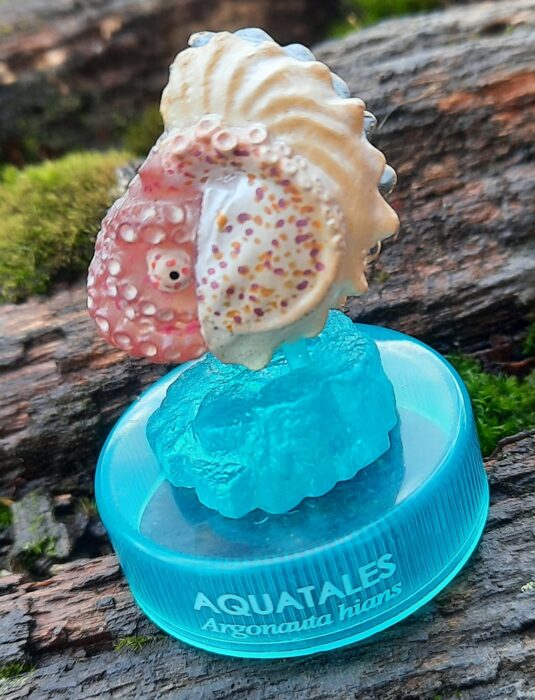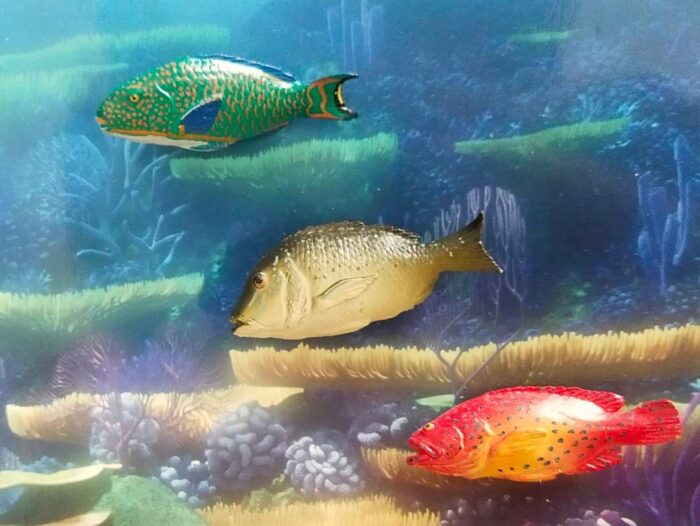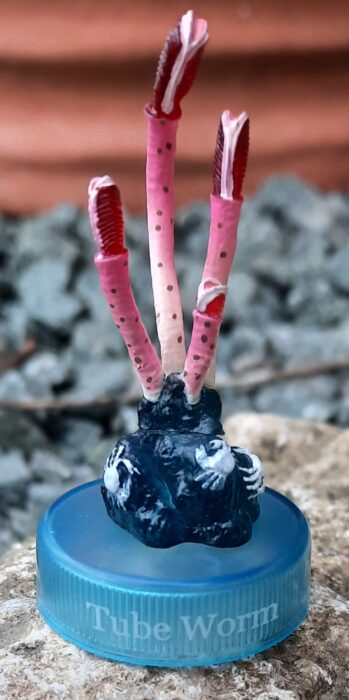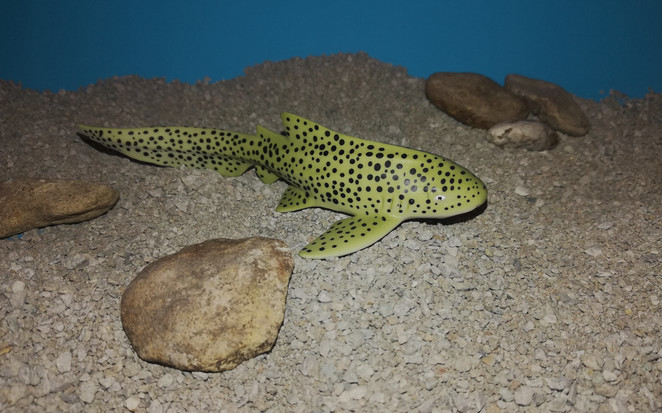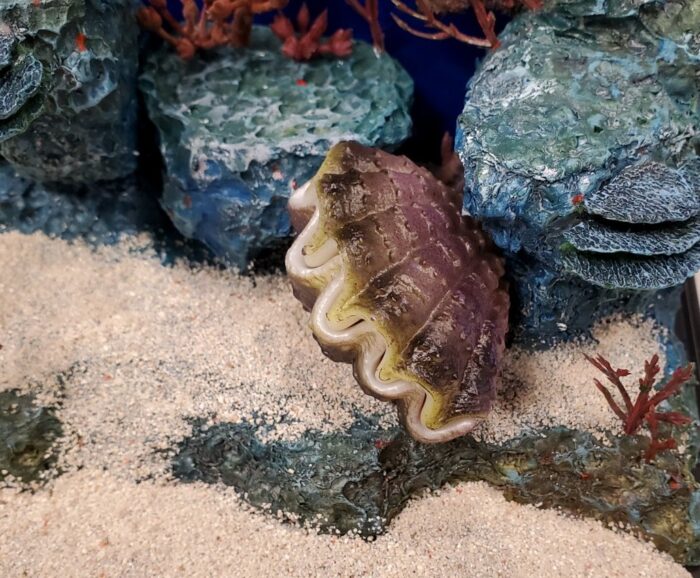Review and images by Bruhmingo; edited by bmathison1972
My passion as a collector is most geared towards replicas cast from real specimens, and AAA is perhaps the best known producer of such models. AAA is a rather mysterious company that produced many of our favorite cast replicas. While this means exemplary detail, it is often incredibly difficult to identify the species a figure is representing, usually due to mislabeling or an inaccurate paint scheme.





